BC Parks Foundation
Youth Climate Corps BC Begins Conservation Work at Morrison Headwaters with BC Parks Foundation
August 26, 2025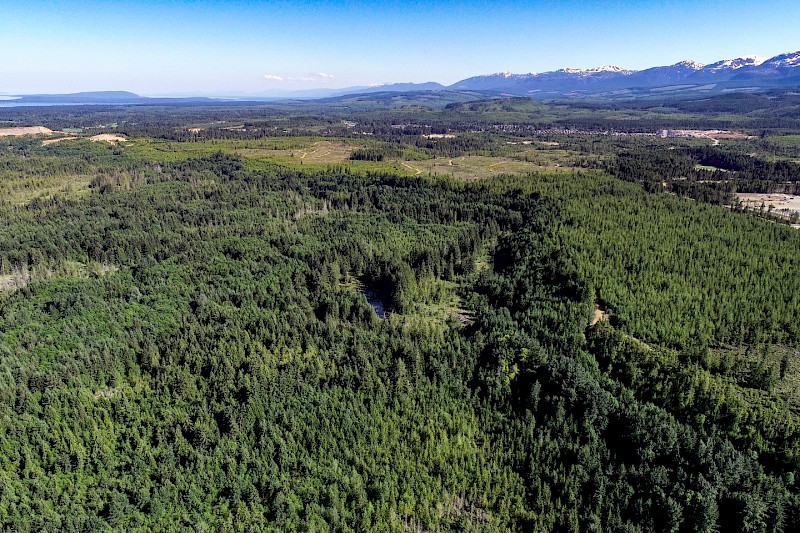
Morrison Headwaters—715 acres of wetlands, streams, and forests—was saved from logging in 2023 after thousands of British Columbians rallied to crowdfund more than $375,000 in just two months. Now, youth are working to steward it.
On Tuesday mornings, Maddie hikes into Morrison Headwaters just as the sun begins to edge over the tree line.
The forest is alive with sound: the fluting song of thrushes, the resonant croak of ravens overhead, the chatter of chickadees in the understory. Fresh deer tracks cut across the mud. At one cedar, long claw marks score the bark—a sign of a bear searching for food.
“When I walk through here now, it feels different than when I first arrived,” Maddie says. “I know what the plants are, I notice the changes. I feel connected.”
This extraordinary 715-acre property—home to bears, cougars, salmon, and the endangered Morrison Creek Lamprey found nowhere else on earth—was once zoned for heavy industry and slated for logging.
 The Morrison Creek Lamprey, pictured here, is found nowhere else on earth.
The Morrison Creek Lamprey, pictured here, is found nowhere else on earth.
But supporters like you came together to change that story.
In partnership with the Comox Valley Land Trust, a crowdfunding campaign and grants from generous donors raised the necessary funding, and the land was purchased and protected. Since then, we’ve worked with the community to develop a management plan that supports the property’s unique ecological values.
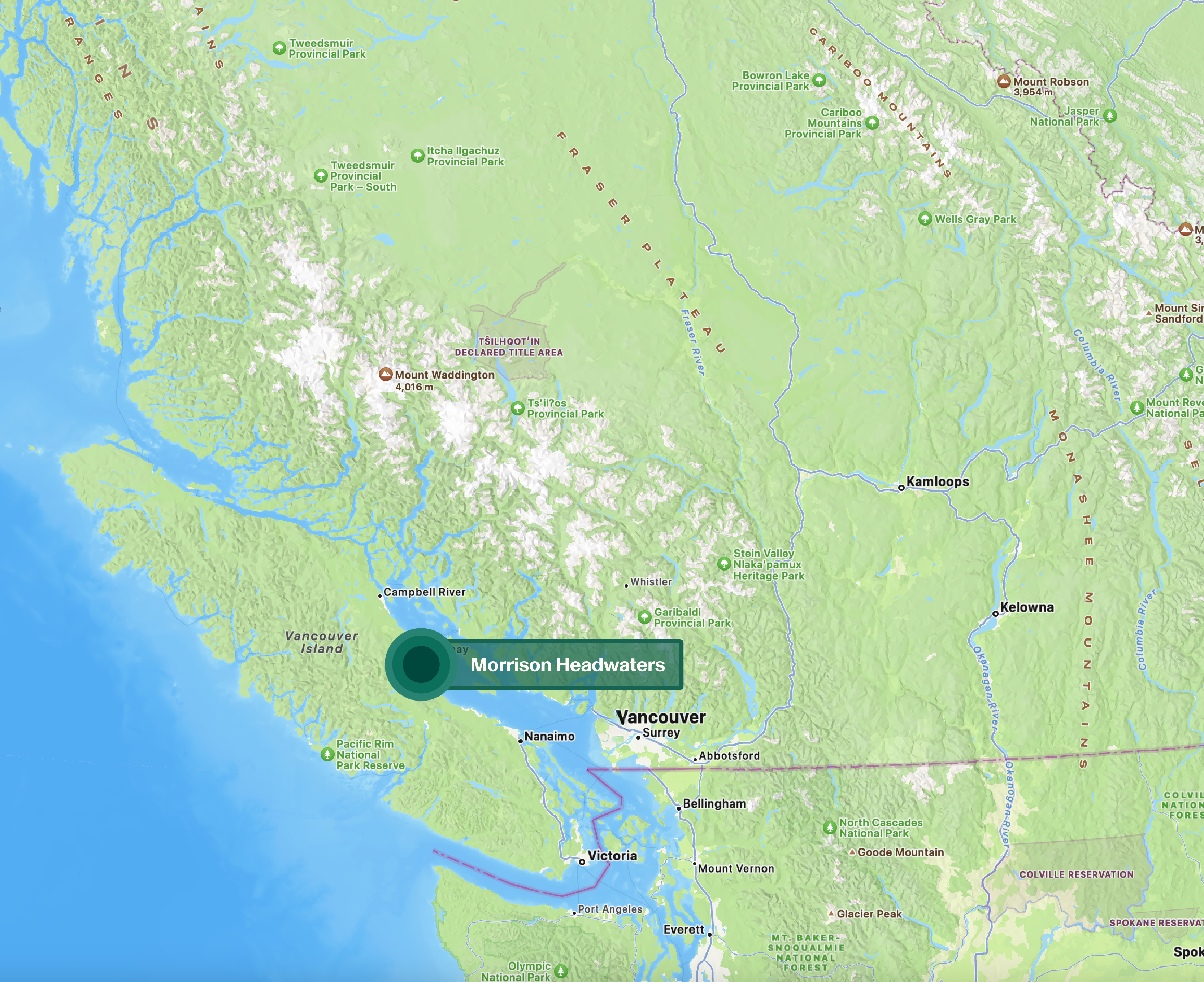
And this summer, a new team of young leaders is helping to bring that plan to life.
Youth in Action
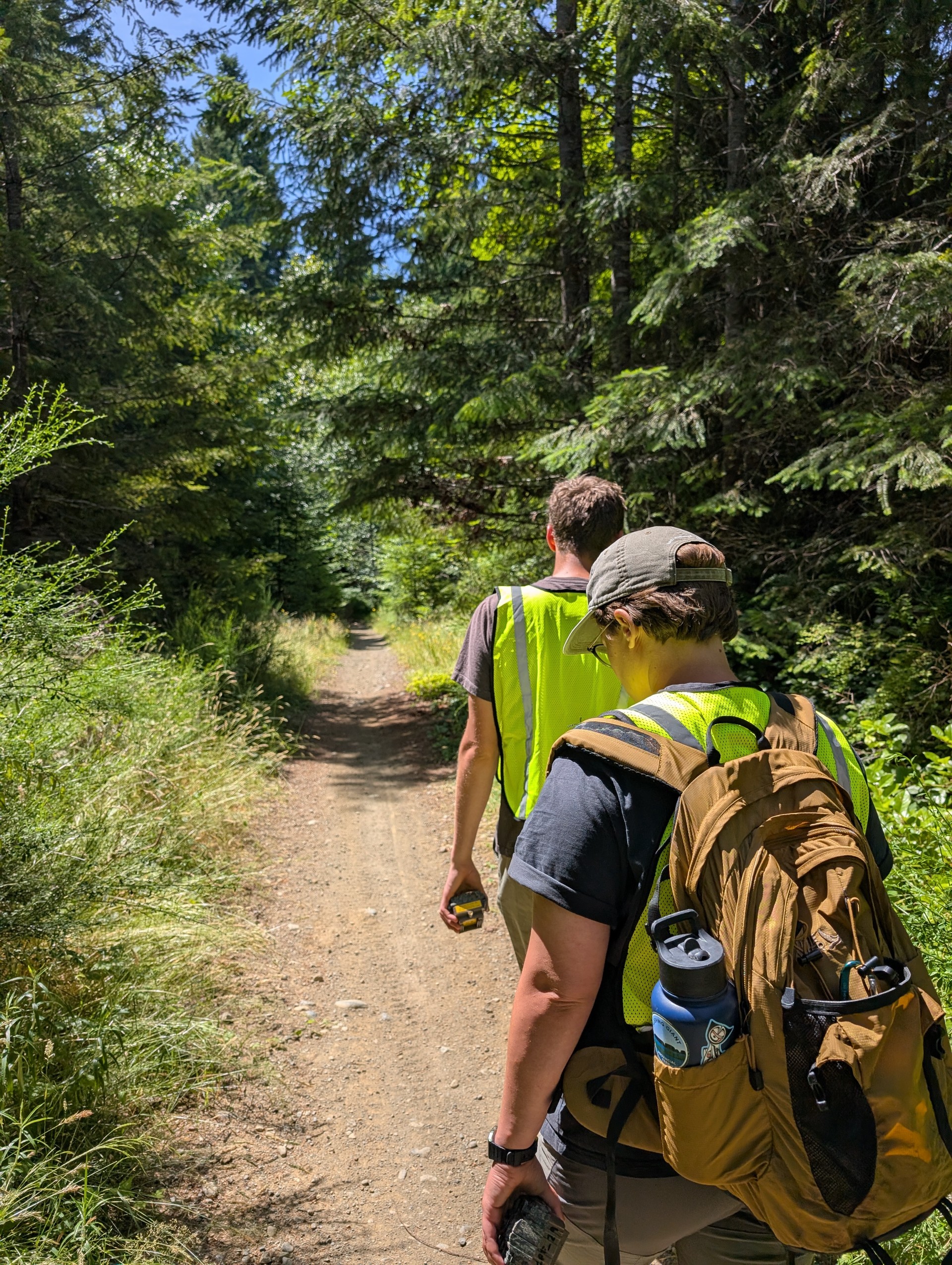 Members of the Courtenay Youth Climate Corps Maddie and Jesse hike the path into Morrison Creek Headwaters.
Members of the Courtenay Youth Climate Corps Maddie and Jesse hike the path into Morrison Creek Headwaters.
The Courtenay Youth Climate Corps is part of a growing, province-wide movement offering young people hands-on opportunities to tackle climate solutions where they live.
In Courtenay, five youth are leading community education, ecosystem restoration, food security, and—in partnership with BC Parks Foundation—conservation work at Morrison Headwaters. It’s innovative, community-powered, and one piece of the complex puzzle of how we face climate change together.
“Morrison Creek is connected to everything—the wetlands, the salmon runs, the K’ómoks estuary,” says Coni Rivas, Community Science Coordinator with BC Parks Foundation. “That’s why having young people out here matters so much. Community science lets us see those connections in action, and it makes people part of the story of protecting them.”
“We’ve been able to connect different groups and people across the Valley,” says Jesse, a recent UBC graduate who joined the team this summer. “You’ll see the same volunteers showing up again and again—at garden work parties, at community dinners, out in the forest. Dozens of people, all committed. It shows there’s a real foundation here, a network of people who care, and that makes me hopeful.”
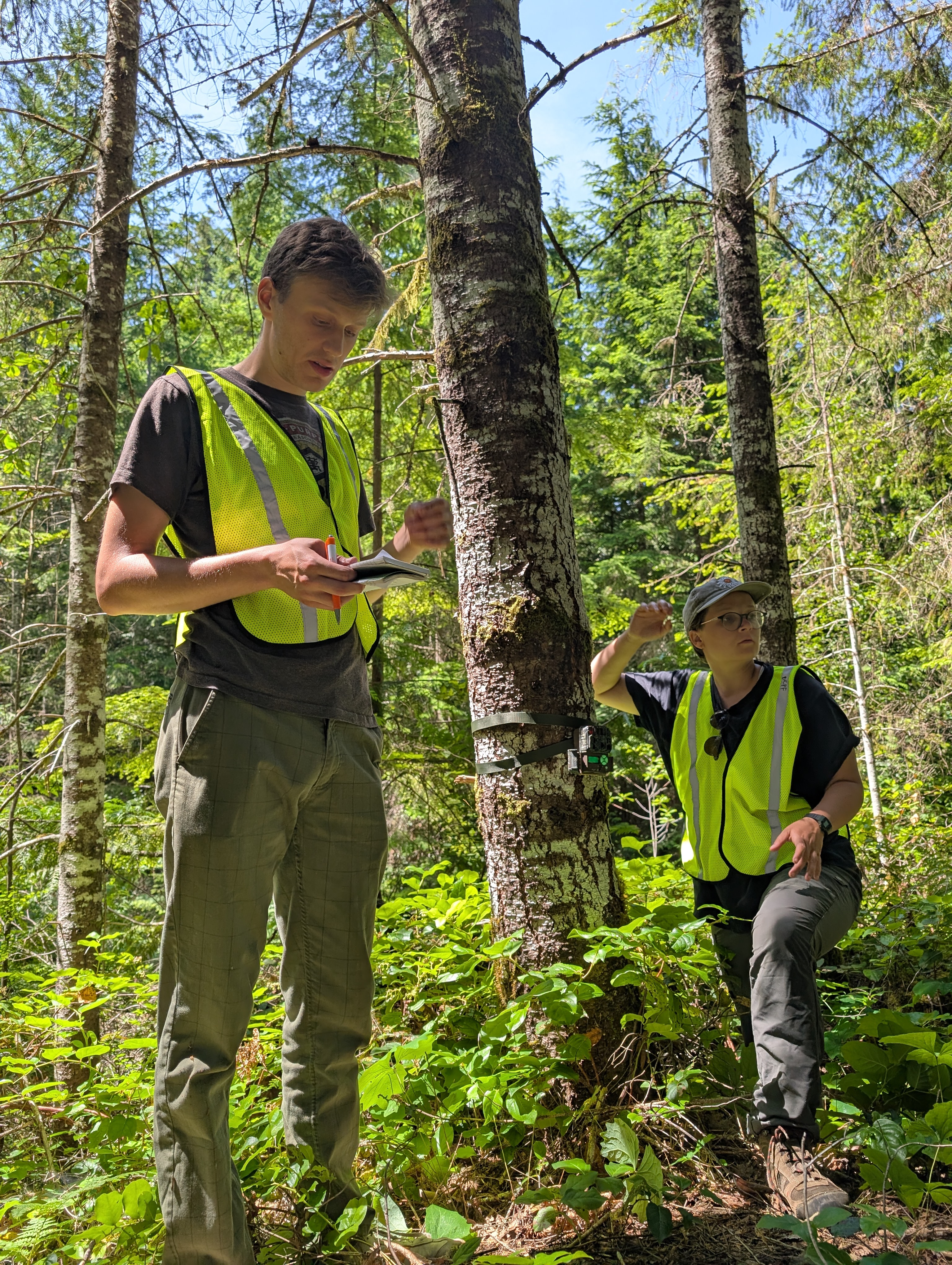 Jesse and Maddie check camera sight to ensure optimal positioning for capturing remote footage of the area’s wildlife. Documenting wildlife presence helps build a baseline for monitoring species use of the area over time.
Jesse and Maddie check camera sight to ensure optimal positioning for capturing remote footage of the area’s wildlife. Documenting wildlife presence helps build a baseline for monitoring species use of the area over time.
Beyond the Headlines
Jesse says people often ask him how pulling invasive plants or setting up trail cameras connects to climate change. His answer is simple: resilience.
 Maddie, Jesse and Mya recently removed an impressive 270 kilograms of invasive species from Morrison Headwaters, helping native plants and wildlife thrive now and in the future.
Maddie, Jesse and Mya recently removed an impressive 270 kilograms of invasive species from Morrison Headwaters, helping native plants and wildlife thrive now and in the future.
“When you replace invasive plants with native species, you’re making the forest stronger. You’re helping the land hold water, support pollinators, and withstand impacts like drought, wildfire, or landslides. And when you protect wetlands like Morrison Creek, you’re protecting one of the most effective carbon storage systems we have.”
Maddie remembers when the crowdfunding success for Morrison Headwaters made the news.
“It’s amazing to see those kinds of headlines—like, ‘BC Parks Foundation protects 715 acres of forest.’ It sounds like the best news in the world. What makes it even more meaningful is knowing the everyday work that happens after the announcement in order to make it true.”
They paint the picture: trail cameras quietly capturing a bear at dawn. Hours spent mapping and removing invasive scotch broom and ivy. Recording the calls of birds hidden high in the canopy.
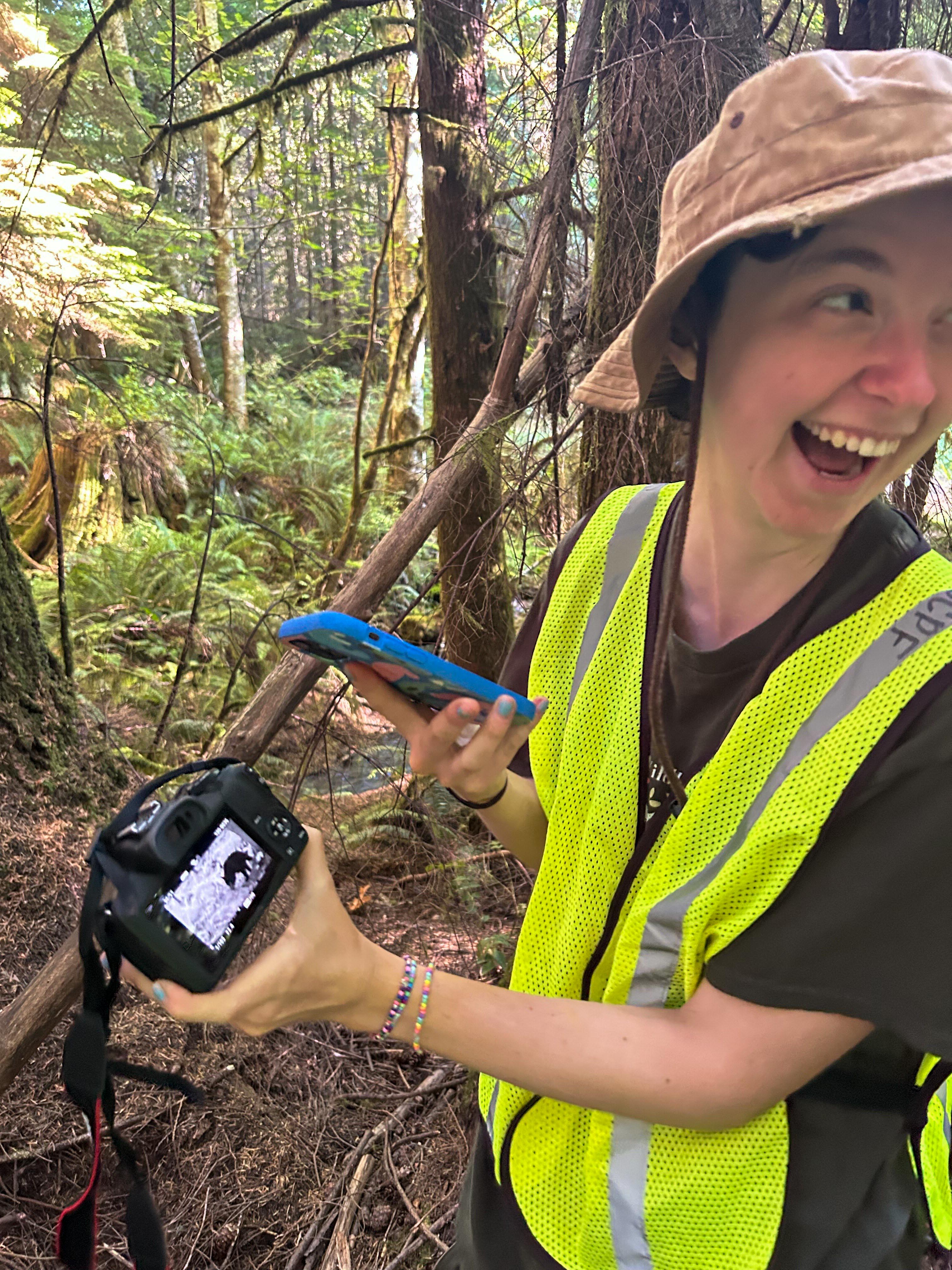 Climate Action Mobilizer Mya Johnson checks trail cam footage of a black bear—one of several species recorded at this site. These records contribute to long-term habitat monitoring.
Climate Action Mobilizer Mya Johnson checks trail cam footage of a black bear—one of several species recorded at this site. These records contribute to long-term habitat monitoring.
“Those are the steps,” Maddie says. “The little, everyday things on the ground are what bring the big story to life.”
Join the Story
Morrison Creek was saved because thousands of people came together to protect it. Now, young leaders and volunteers are carrying that legacy forward. You can be part of the next chapter—helping protect and care for the wild places that make British Columbia extraordinary. Donate today to support conservation and stewardship across BC.
Love this? For more inspiring stories about conservation wins, community efforts, and ways you can help protect nature, subscribe to our newsletter today.
Similar Stories
-
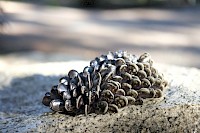 October 30, 2024
October 30, 2024
Art Born From a Heatwave
-
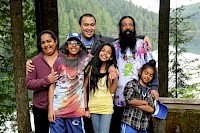 July 30, 2024
July 30, 2024
From Survivor to Steward: Simran Sarai Helps You Discover Parks
-
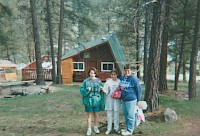 June 26, 2024
June 26, 2024
Discover Parks Ambassadors Inspire New Generation of Nature Lovers
“In 2015 I bought myself a camera and decided to get out in the wilderness away from cell/internet range. As I slowed down and watched and listened, a whole new world appeared. The wilderness and its wild animals had many lessons for me. Nature nourishes and teaches us patience. Nothing in nature is rushed. It is divine timing: everything happens when it’s time.
”